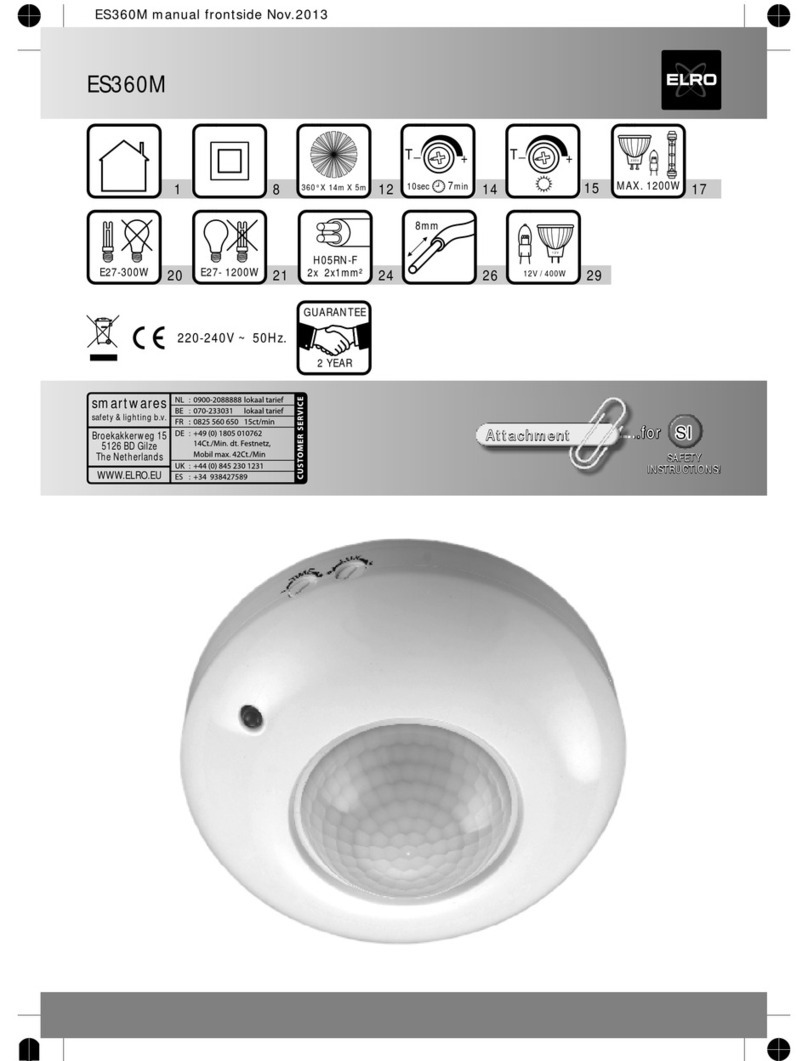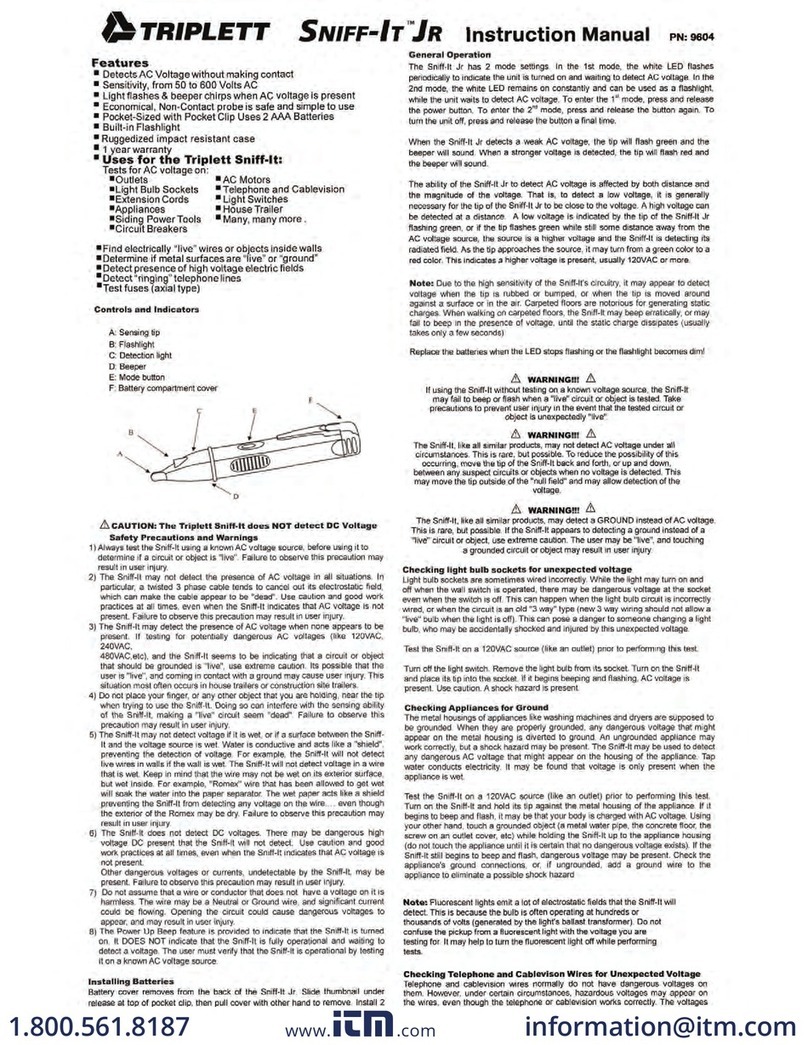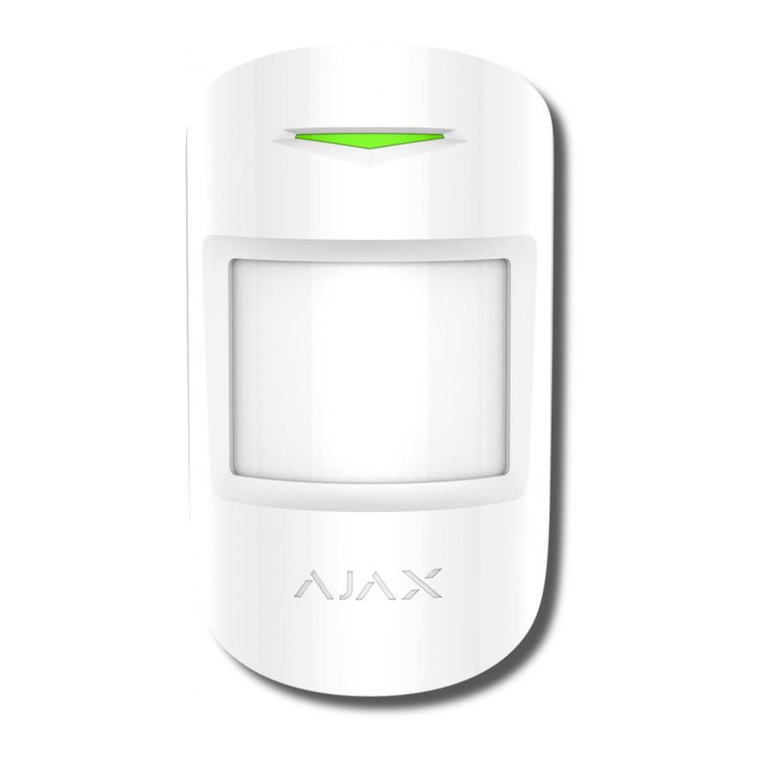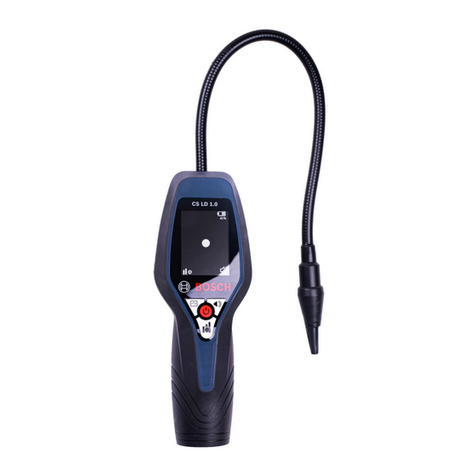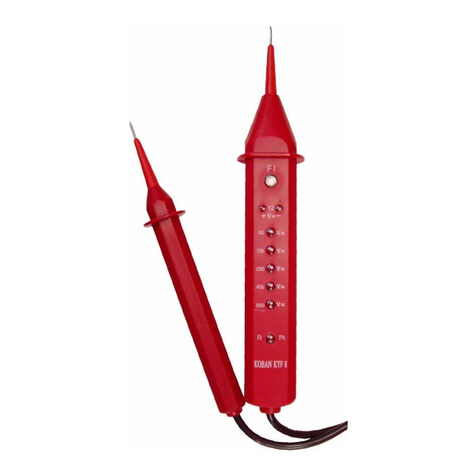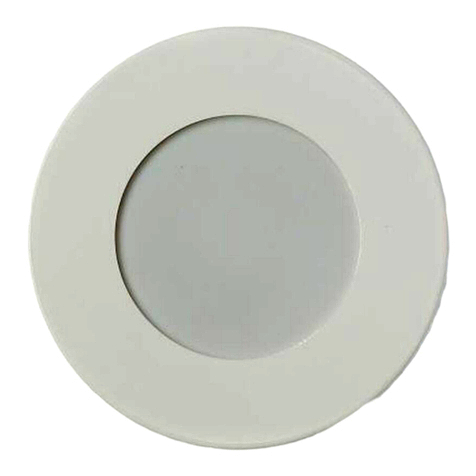BBC 7.5HK500 Installation and operating instructions













This manual suits for next models
2
Table of contents
Other BBC Security Sensor manuals
Popular Security Sensor manuals by other brands

STEINEL PROFESSIONAL
STEINEL PROFESSIONAL IR 180 Information
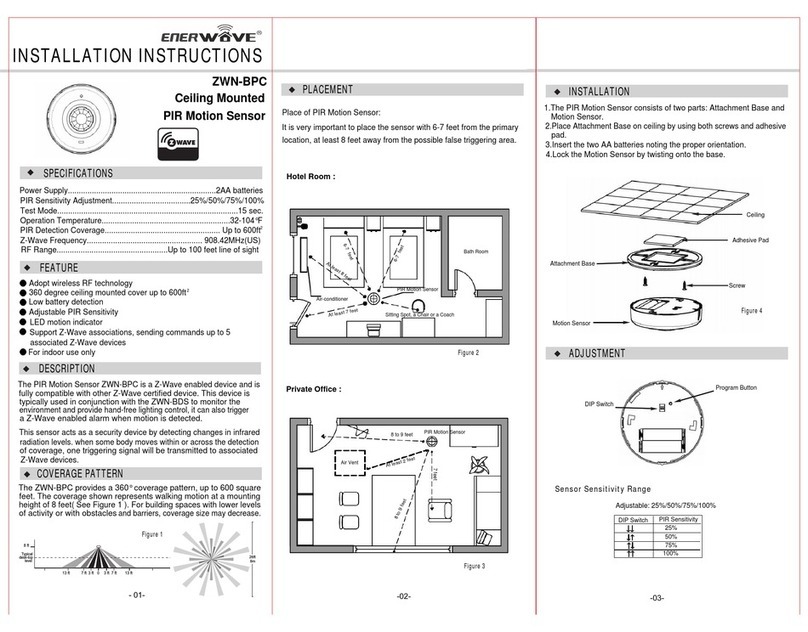
Enerwave
Enerwave ZWN-BPC installation instructions
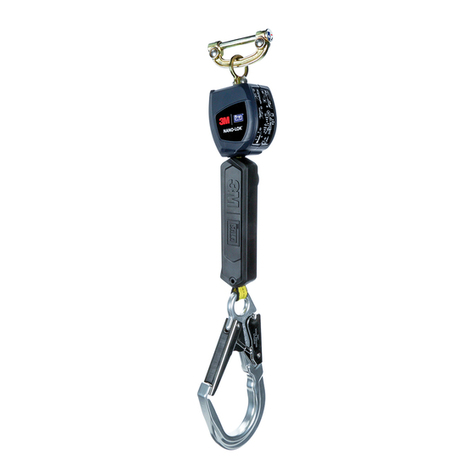
DBI SALA
DBI SALA Hot Work NANO-LOK SRL Series instruction manual
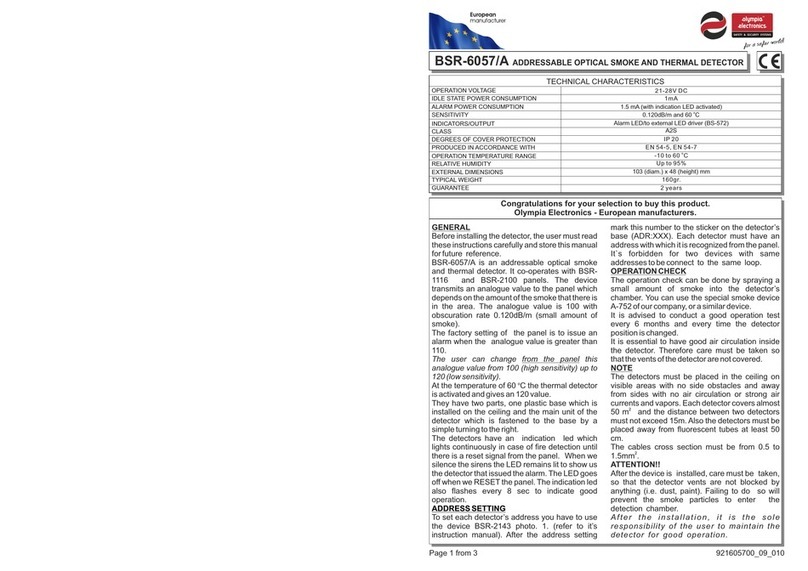
olympia electronics
olympia electronics BSR-6057/A quick start guide

Bosch
Bosch RFPR-ZB installation guide

B.E.G.
B.E.G. LUXOMAT PD2-M-2C-24V Installation and operating instruction

Westfalia
Westfalia 961151 instruction manual
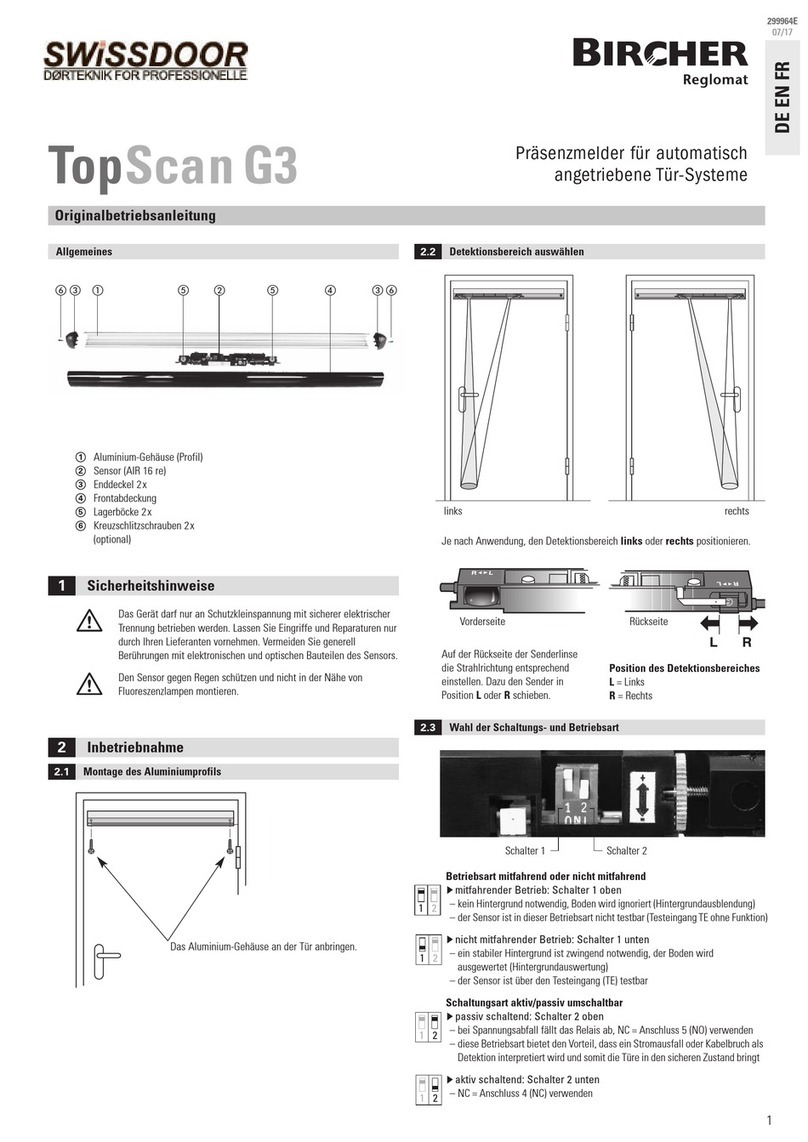
Bircher
Bircher TopScan G3 Translation of the original instructions
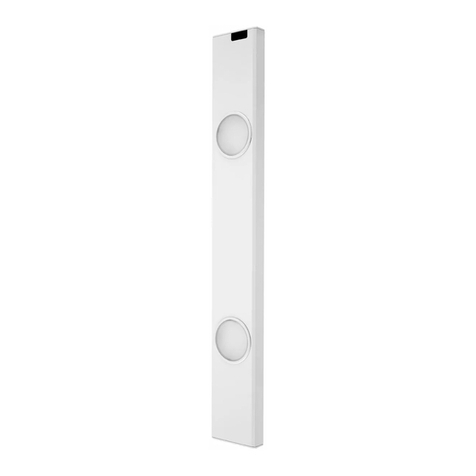
REV Ritter
REV Ritter LED GIGA SENSOR Assembly and operating instructions
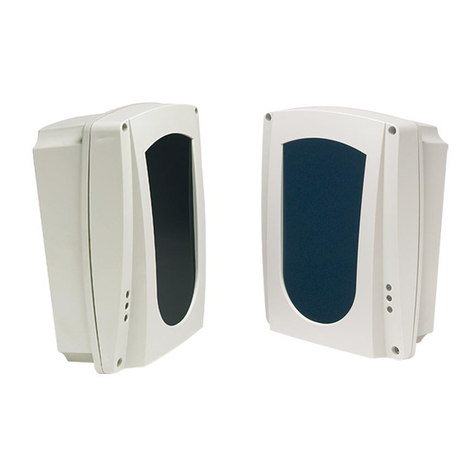
AVS Electronics
AVS Electronics BF100 R manual
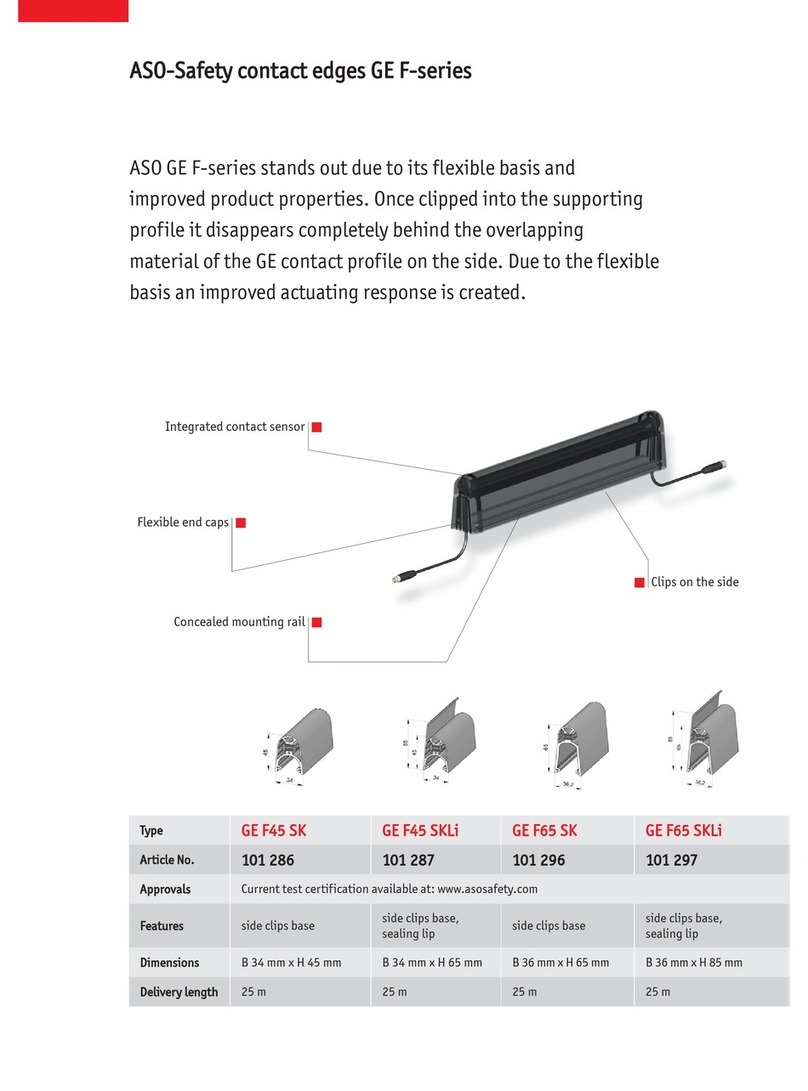
ASO Safety Solutions
ASO Safety Solutions GE F-series manual
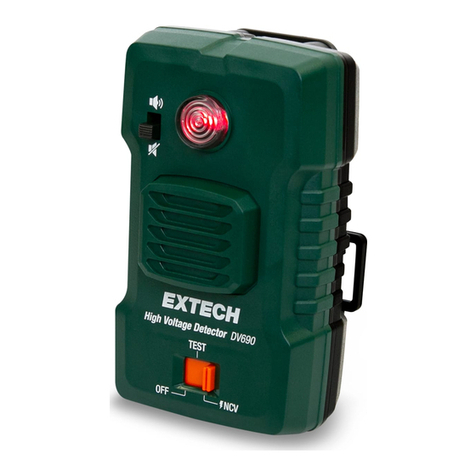
Extech Instruments
Extech Instruments DV690 user manual




